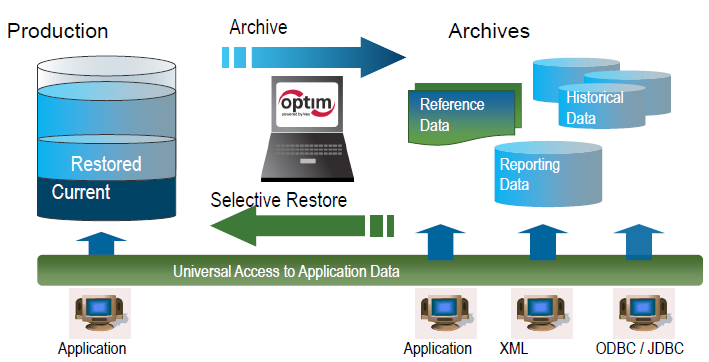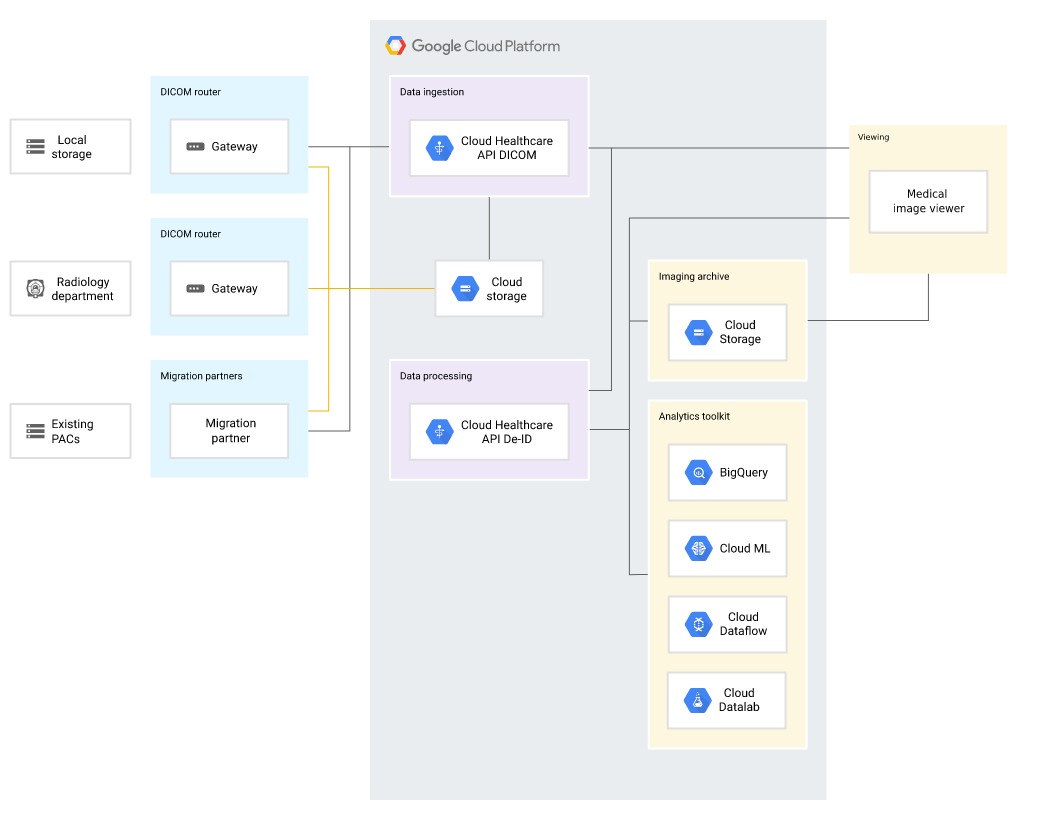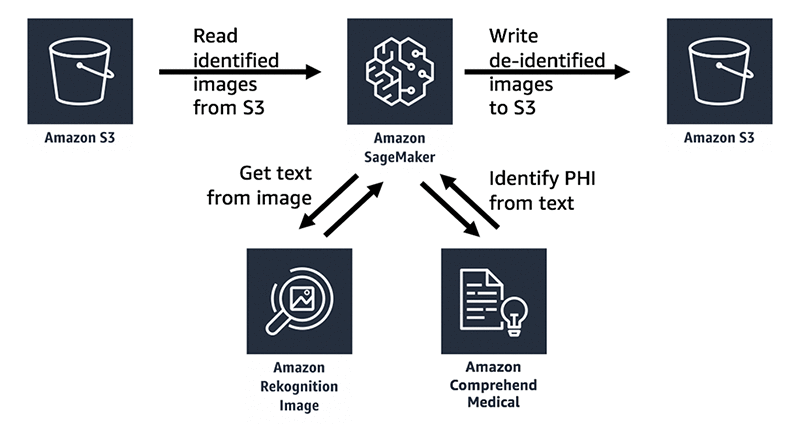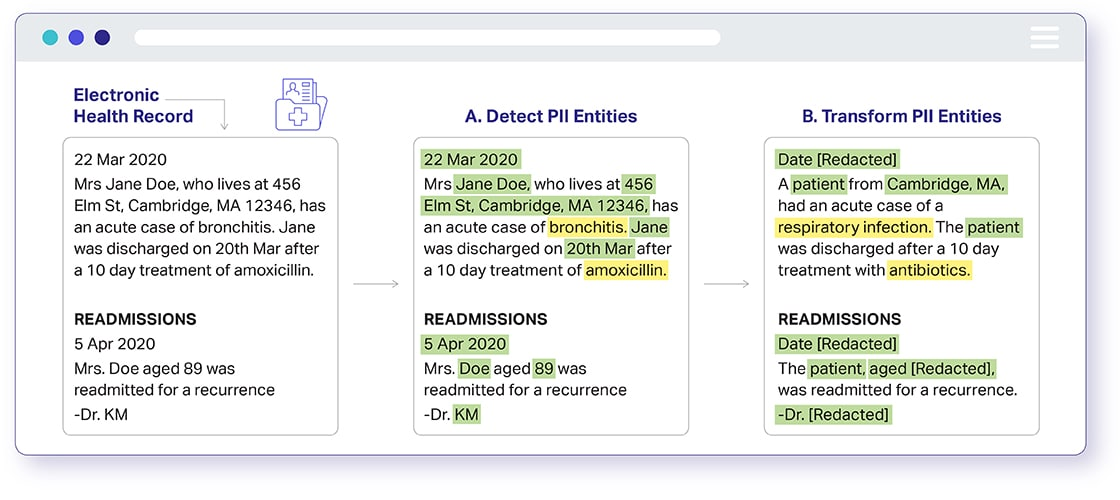Five Best Data De-Identification Tools To Protect Patient Data and Stay Compliant
With the help of data de-identification software, it has become easier to mask personal data that can put an individual at risk.
Join the DZone community and get the full member experience.
Join For FreeData de-identification is a necessary exercise healthcare institutions and organizations dealing with personally identifiable information must implement. With the help of data de-identification software, it has become easier to mask personal data that can put an individual at risk.
De-identifying data makes it easier to share and reuse with third parties for various purposes, including research, census, sampling, etc. It is also necessary under the HIPAA law to mask personally identifying data, and other frameworks including GDPR, CCPA, and CPRA instruct the same.
We have a list of the best data de-identification tools you can employ for the in-house data masking process. Read on to know more.
Top 5 Data De-Identification Tools To Choose From
HIPAA and similar data protection frameworks have figured 18 identifies that should not become available for public access. These include names, geographical identifiers, dates, contact information, social security numbers, medical records, account numbers, IP addresses, and a few more identifiers.
These tools help de-identify data in four ways: deletion, masking, aggregation, and pseudonymization. While choosing from the available data de-identification solutions, make sure that they can help you mask all the identifiers and restrict unauthorized access.
1. IBM InfoSphere Optim
IBM InfoSphere Optim is specifically designed for the healthcare industry, offering a diverse range of options for data de-identification.

Key Features:
- Easily Masks Complicated Data: It can easily anonymize PII like names, addresses, and medical records to protect patient privacy.
- Can Handle Large Datasets: IBM InfoSphere can de-identify large volumes of data hiding confidential information with masking and pseudonymization.
- Synthetic Data Generation: It can create artificial yet realistic data for research and analytical purposes.
Areas for Improvement
- The interface is quite complex to navigate through for less technical users.
2. Google Healthcare API
Google Healthcare API allows storing and managing data in Fast Healthcare Interoperability Resources (FHIR) while allowing data exchange between different healthcare systems. Plus, with this DICOM-enabled data de-identification software, you can integrate datasets with the Google Cloud services for quicker data analysis.

Key Features:
- Operational Flexibility: Google Healthcare API works on a serverless infrastructure, making it easy to scale and handle large amounts of data.
- AI-Based De-Identification: Uses healthcare AI and machine learning to improve operational efficiency and conduct better research and analysis.
Areas for Improvement
- Lack of Documentation: Google has not provided enough documentation for setting up and running things, which leads to a steep learning curve.
3. AWS Comprehend Medical
This solution detects and returns useful medical information from unstructured clinical notes, summaries, case notes, and test results. To identify protected health information (PHI), it uses natural language processing capabilities.

AWS Comprehend Medical
Key Features:
- Recognition and Extraction: AWS Comprehend Medical has HIPAA-eligible NLP capabilities, allowing it to identify medically sensitive and personal information with higher accuracy. It can also discover connections between entities to reveal clinical patterns and trends.
- Sentiment Analysis: It can gauge patient sentiments from recordings, notes, and feedback to improve and personalize healthcare delivery.
Areas for Improvement:
- Difficult to Use: The interface can be improved to make for a better user experience.
4. Shaip
Experience human-powered data de-identification with Shaip, as it also combines healthcare AI solutions with expert intelligence. Shaip delivers precise data de-identification methods tailored to meet your needs. Integrate Shaip API to gain real-time access to their services and on-demand access to the required information.

Key Features:
- Effective Data Security: Control data security with pre-determined policies to ensure complete information preservation.
- Scalable De-identification: Process and anonymize data at scale without any resistance through human expertise and AI capabilities.
Areas of Improvement:
- Has a Learning Curve: Without human intervention or assistance, working with the Shaip tool can be complicated.
5. Private-AI
Private AI leverages advanced machine learning systems to identify and redact personally identifiable information. With this tool, you can detect and remove around 50 types of healthcare entities covered in 52 languages.

Key Features:
- Synthetic Data Generation: With Private-AI you can create artificial data to replace the real data effective for research and testing purposes.
- Train AI Models: With privacy-preserving machine learning capabilities, you can train AI models on sensitive data for a wide range of purposes.
Areas for Improvement
- Accessibility and Usability: At present, Private AI has a steep learning curve, making it difficult for everyone to use the tool without expert assistance.
An Overview of the Best Data De-Identification Tools
Tool Name |
Data De-Identification Method |
Data Type Supported |
Compliances |
Deployment |
Automation Or Human Oversight |
IBM InfoSphere Optim |
Masking
Pseudonymization
Synthetic data generation |
Healthcare records
Financial data
Customer data
General dataset |
HIPAA
GDPR |
On-Premise and Cloud-based |
Configurable with Automation and Human Intervention
|
Google Healthcare API |
Masking
Pseudonymization |
Healthcare records
Clinical documents
Claims data |
HIPAA
HL7
FHIR |
Cloud-based |
Automated with Expert Review is Available |
AWS Comprehend Medical |
Entity recognition
Relationship extraction
Sentiment analysis |
Clinical notes
Reports
Summaries |
HIPAA
21 CFR Part 11 |
Cloud-based
|
Automated |
Shaip |
Masking
Anonymization
Redacting
Tokenization
Pseudonymization |
Medical text records
Electronic health records
Clinical reports
PDFs
Images |
HIPAA
GDPR
Specific Customization |
Cloud-based
|
Automated with Human in the Loop |
Private-AI |
Masking
Synthetic Data Generation
Privacy-Preserving Machine Learning |
Clinical text
PDFs
Images
Audio |
GDPR
HIPAA
CPRA |
Cloud-based
|
Configurable with Automation and human review. |
Conclusion
Data de-identification is crucial for safeguarding personally identifiable information in healthcare, aligning with regulatory requirements such as HIPAA and GDPR. The featured tools, including IBM InfoSphere Optim, Google Healthcare API, AWS Comprehend Medical, Shaip, and Private-AI, offer diverse solutions for effective data masking.
Shaip, leveraging healthcare AI and human expertise, stands out for its scalable de-identification and strong data security features. While its learning curve may pose a challenge, the integration of human oversight ensures precision in protecting patient and customer identities. Overall, choosing the right data de-identification tool is pivotal for healthcare institutions to comply with regulations and secure sensitive information.
Opinions expressed by DZone contributors are their own.

Comments